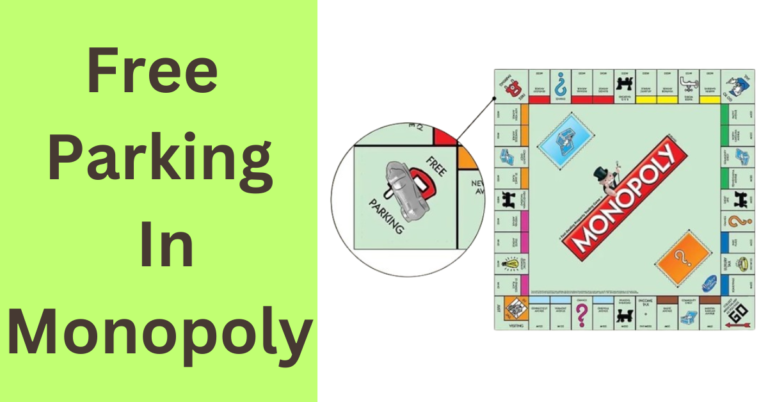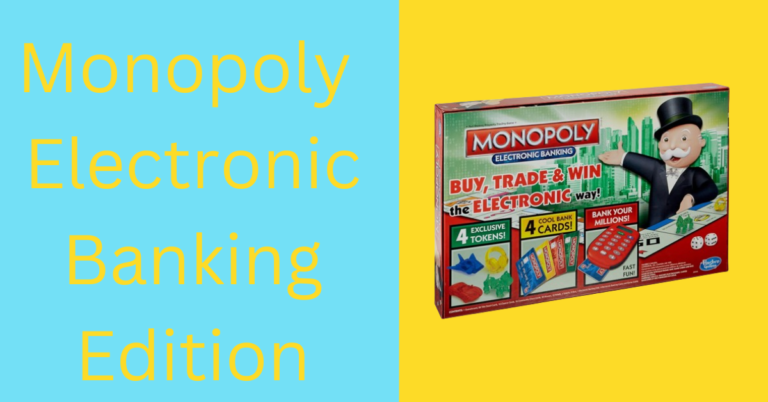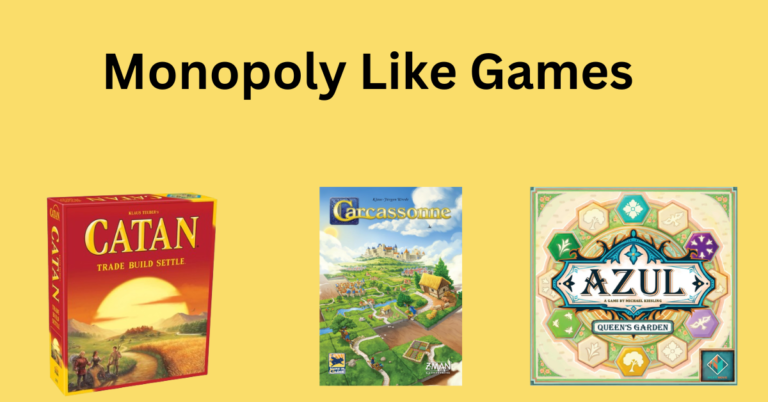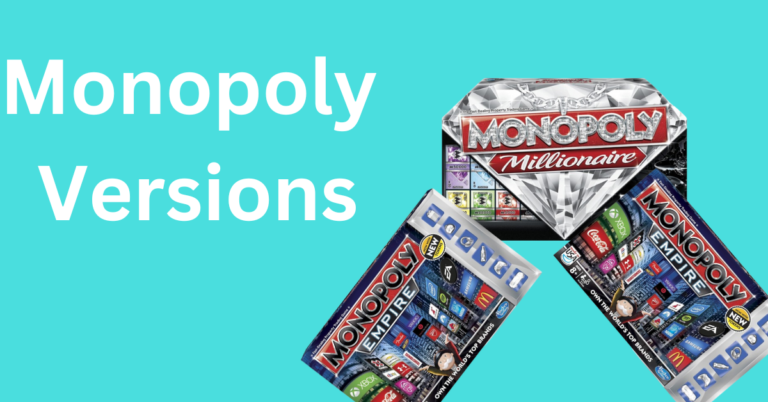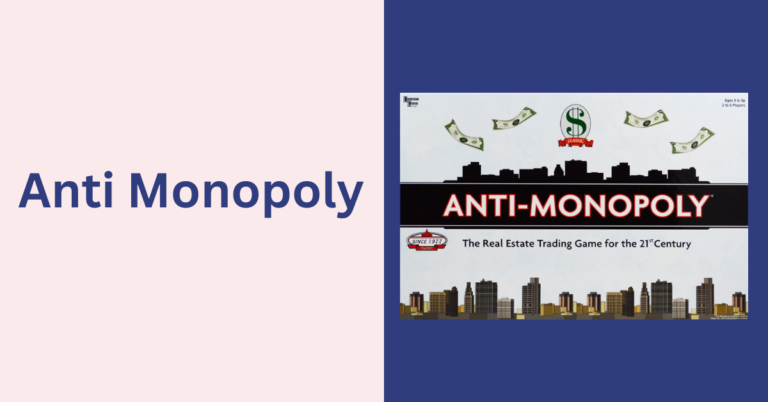Mr. Monopoly Man – Monopoly Mastermind Tips from the Top Hat
Picture this: a man in a top hat, with a white mustache and a gleaming monocle. Instantly recognizable, he exudes an air of affluence and timeless charm. He’s a figure who has navigated countless living rooms and dining tables around the world, steering millions through a journey of wealth accumulation and occasional bankruptcy. This is Mr. Monopoly, the face of one of the most iconic board games ever created.
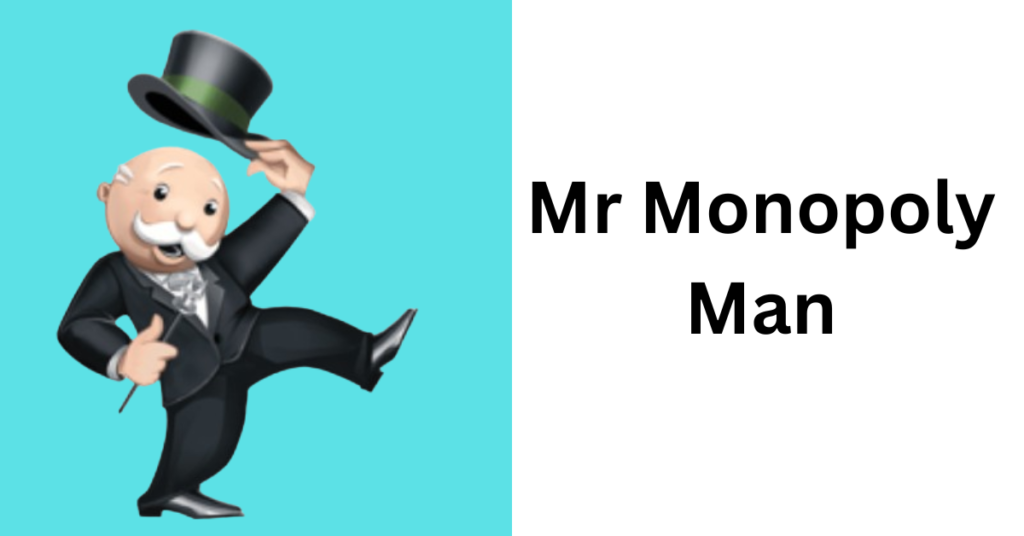
Who is Mr. Monopoly?
Mr. Monopoly, initially referred to as Rich Uncle Pennybags, symbolizes wealth and serves as the quintessential mascot of the Monopoly game. His distinguished look and cheerful personality have made him a cherished icon in popular culture. As the archetypal business magnate, he embodies both the attractions and the risks associated with financial success.
The Iconic Character We All Know
We all recognize Mr. Monopoly’s signature look. He epitomizes old-world charm and sophistication with his sharp suit, elegant top hat, and indispensable cane. His image is not just about opulence; it’s about the spirit of the game itself – the thrill of acquiring property, building empires, and the occasional humbling setback of landing on someone else’s hotel-laden property.
The Origins of Mr. Monopoly: A Brief History
Mr. Monopoly began as Rich Uncle Pennybags during the Great Depression, designed to mock the harsh realities of real estate and capitalism. Over time, he transformed from a satirical figure into a beloved mascot promoting strategic thinking and financial literacy. His image evolved from simple black-and-white sketches to the polished figure we recognize today, complete with a top hat and cane symbolizing high society and authority.

This transformation parallels Monopoly’s growth from a modest pastime to a cultural icon. Mr. Monopoly has become an enduring symbol, guiding players through property management and investment lessons. His evolution mirrors societal changes and underscores the game’s lasting appeal. As we navigate our financial journeys, Mr. Monopoly continues to be a cheerful reminder that success favors those who are bold and strategic.
The Evolution of Mr. Monopoly’s Image
Mr. Monopoly is one of the most recognizable characters in board game history. His evolution over the decades is not just a story of changing aesthetics but also a reflection of societal shifts and the enduring appeal of Monopoly itself. The journey from Rich Uncle Pennybags to Mr. Monopoly is a fascinating tale of transformation and adaptation.
From Rich Uncle Pennybags to Mr. Monopoly
In the early 20th century, during the Great Depression, Monopoly was born as a satirical take on the ruthless nature of real estate and capitalism. The character of Rich Uncle Pennybags, later known as Mr. Monopoly, emerged as the embodiment of wealth and prosperity. Initially, he was a caricature, a playful yet critical depiction of the affluent elite. His original incarnation was a commentary on the cutthroat world of finance, designed to mirror the economic climate of the time.
As the game gained popularity, so did the character. Rich Uncle Pennybags evolved from a sharp-edged satire into a more endearing and approachable figure. By the mid-20th century, his name had officially changed to Mr. Monopoly, signifying a shift in his role from a mere representation of wealth to a friendly guide for players navigating the game’s complexities. This transformation made him a beloved icon, symbolizing not only financial success but also the fun and strategy inherent in Monopoly.
Iconic Features: Top Hat, Mustache, and Cane
Mr. Monopoly’s appearance is iconic, characterized by his distinctive top hat, mustache, and cane. These features are not merely fashion choices but essential elements of his identity. The top hat, reminiscent of early 1900s high society, exudes sophistication and status, tying him to an era when such attire symbolized elegance and gentlemanly charm.
The mustache adds whimsy and authority, making him both approachable and serious. It distinguishes him from other fictional tycoons with its classic curled tips. The cane signifies support and command, completing his ensemble and reinforcing his role as a guide in the Monopoly game. These features have been carefully refined over the years, ensuring Mr. Monopoly remains a timeless and resonant figure in the world of board games.
The Role of Mr. Monopoly in the Game
Mr. Monopoly isn’t just a figurehead; he is the heart and soul of the Monopoly game, symbolizing the pursuit of wealth, excitement, and strategy that come with it. His distinguished appearance, featuring a top hat, monocle, and cane, embodies affluence and sets the tone for the game, driving players to achieve financial dominance.
He actively guides players through the game via Chance and Community Chest cards, adding dynamic elements and teaching economic principles. Mr. Monopoly is both a mentor and a beacon of success, making the game engaging and educational, while inspiring players to build their own empires.
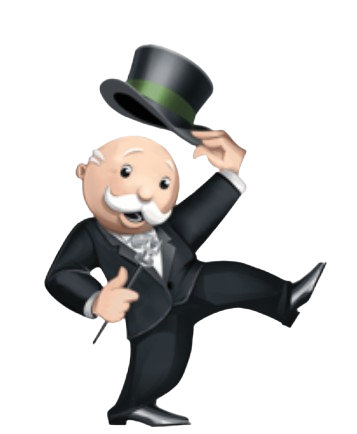
Mr. Monopoly in Pop Culture
Mr. Monopoly, the iconic mascot of Monopoly, has transcended tabletop origins to become a ubiquitous figure in media. From cameos in TV shows and movies to symbolizing societal themes beyond the game, he resonates with audiences through his nostalgic charm and symbolic depth.
His appearances in popular culture not only showcase his enduring popularity but also reflect broader discussions on wealth, strategy, and economic dynamics. Mr. Monopoly’s journey underscores the enduring influence of board games and the cultural significance of his character in contemporary discourse.
The Economics of Monopoly
Monopoly encapsulates economic principles through its simulation of market dynamics, competition, and the pursuit of monopolistic control, mirroring real-world challenges. Mr. Monopoly serves as a gateway for teaching children financial literacy, imparting lessons in budgeting, investment, and risk management through engaging gameplay.
The game also reveals deeper insights into wealth distribution, negotiation tactics, and the impact of strategy versus luck, fostering practical skills in decision-making and resource management. Overall, Monopoly remains a powerful educational tool, blending play with essential economic understanding and preparing individuals of all ages to navigate complex financial landscapes.
Mr. Monopoly’s Family and Friends
In the expansive world of Monopoly, Mr. Monopoly’s family and friends, alongside lesser-known characters, enrich the game’s narrative with depth and intrigue. Each character, from savvy investors like Sir Charles Darrow to shrewd developers like Aunt Agatha, contributes uniquely to the game’s thematic richness and enduring popularity.
Exploring these characters unveils a tapestry of relationships and motivations that shape the Monopoly experience, reflecting themes of wealth, ambition, and strategic decision-making in a compelling narrative.
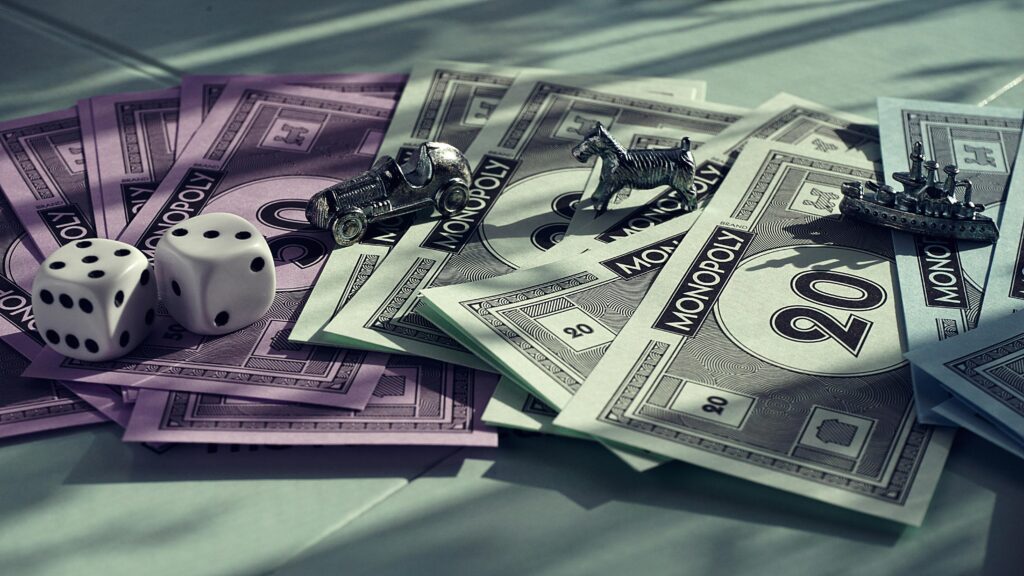
Mr. Monopoly and Digital Transformations
In the ever-evolving digital landscape, Mr. Monopoly has seamlessly transitioned from traditional board games to mobile apps, expanding its global reach while embracing new gaming opportunities. This shift revitalized the classic Monopoly experience with features like real-time multiplayer modes and interactive updates, fostering a dynamic community engagement beyond traditional boundaries.
Looking ahead, advancements in augmented reality and artificial intelligence promise to further enhance gameplay, potentially transforming Monopoly into an immersive educational tool for financial literacy and strategic thinking. Mr. Monopoly’s journey through digital transformations highlights its enduring appeal and adaptability, blending tradition with innovation to captivate audiences across generations.
FAQs
What is the origin of Mr. Monopoly?
Mr. Monopoly, originally named Rich Uncle Pennybags, was created by artist Dan Fox in the early 20th century. He was designed to embody the characteristics of wealthy industrialists of the Gilded Age, with his iconic top hat, monocle, and cane symbolizing affluence and sophistication.
How many versions of Monopoly feature Mr. Monopoly?
Mr. Monopoly has appeared in numerous versions and editions of the Monopoly game worldwide. His character is integral to the branding and thematic elements of the game, adapting to different cultures and regions with variations in name and appearance.
What are some lesser-known facts about Mr. Monopoly?
Beyond his role as a game mascot, Mr. Monopoly has evolved in pop culture, making cameo appearances in movies and TV shows. He’s also been referenced in economic discussions as a symbol of wealth and capitalism, reflecting broader societal themes beyond his board game origins.
How has Mr. Monopoly adapted to digital platforms?
In recent years, Mr. Monopoly has transitioned from traditional board games to digital platforms, including mobile apps and online versions. These adaptations have introduced new features like multiplayer modes and themed updates, enhancing the game’s accessibility and engagement for a global audience.
Conclusion
Mr. Monopoly’s legacy resonates deeply within popular culture, transcending the boundaries of a mere board game. From his distinctive persona as Rich Uncle Pennybags to his global acclaim, Mr. Monopoly has profoundly impacted both gaming culture and broader societal discussions. His enduring icon status stems from embodying ideals of wealth and sophistication, adapting seamlessly across generations through digital platforms and cultural adaptations.

